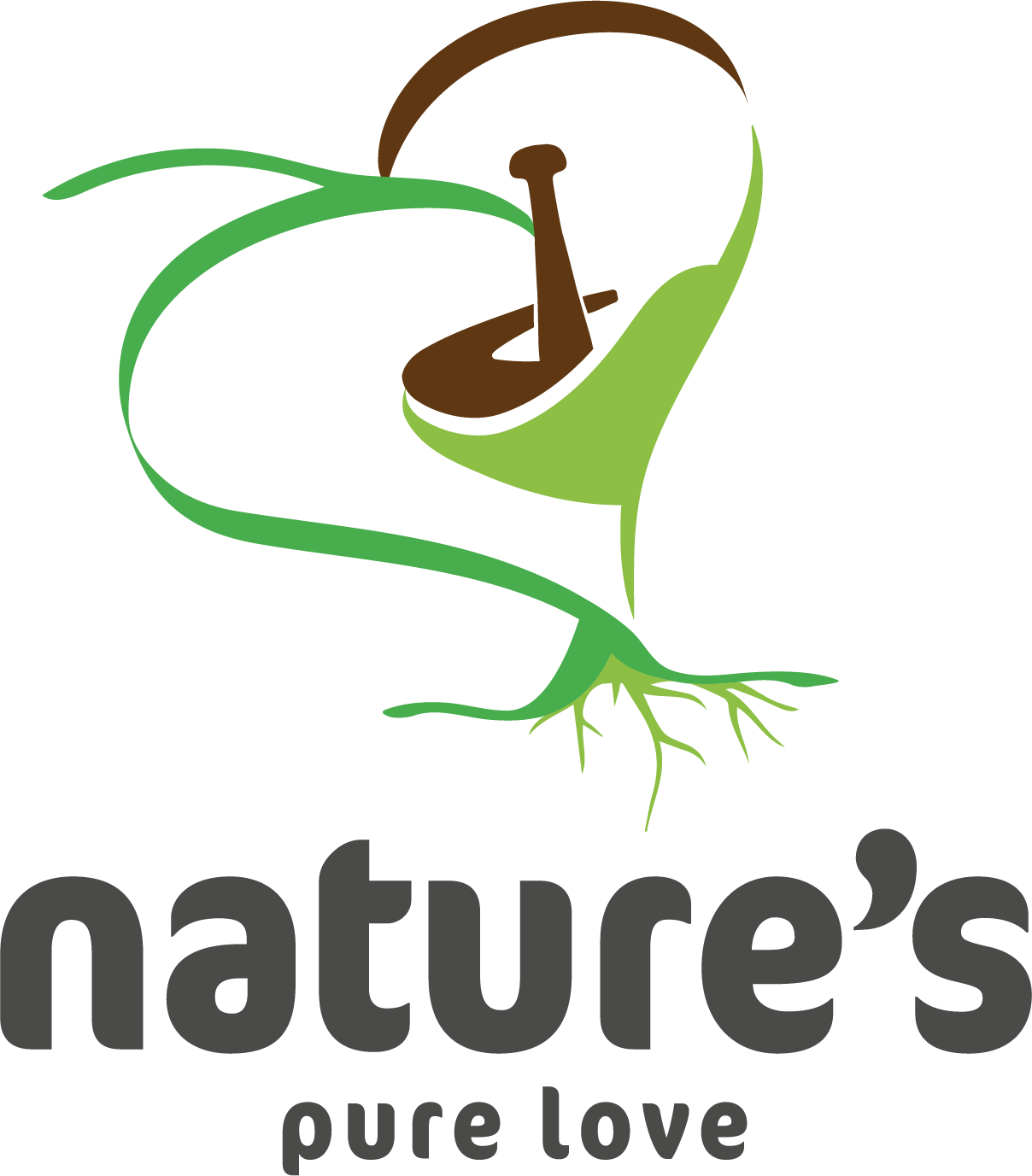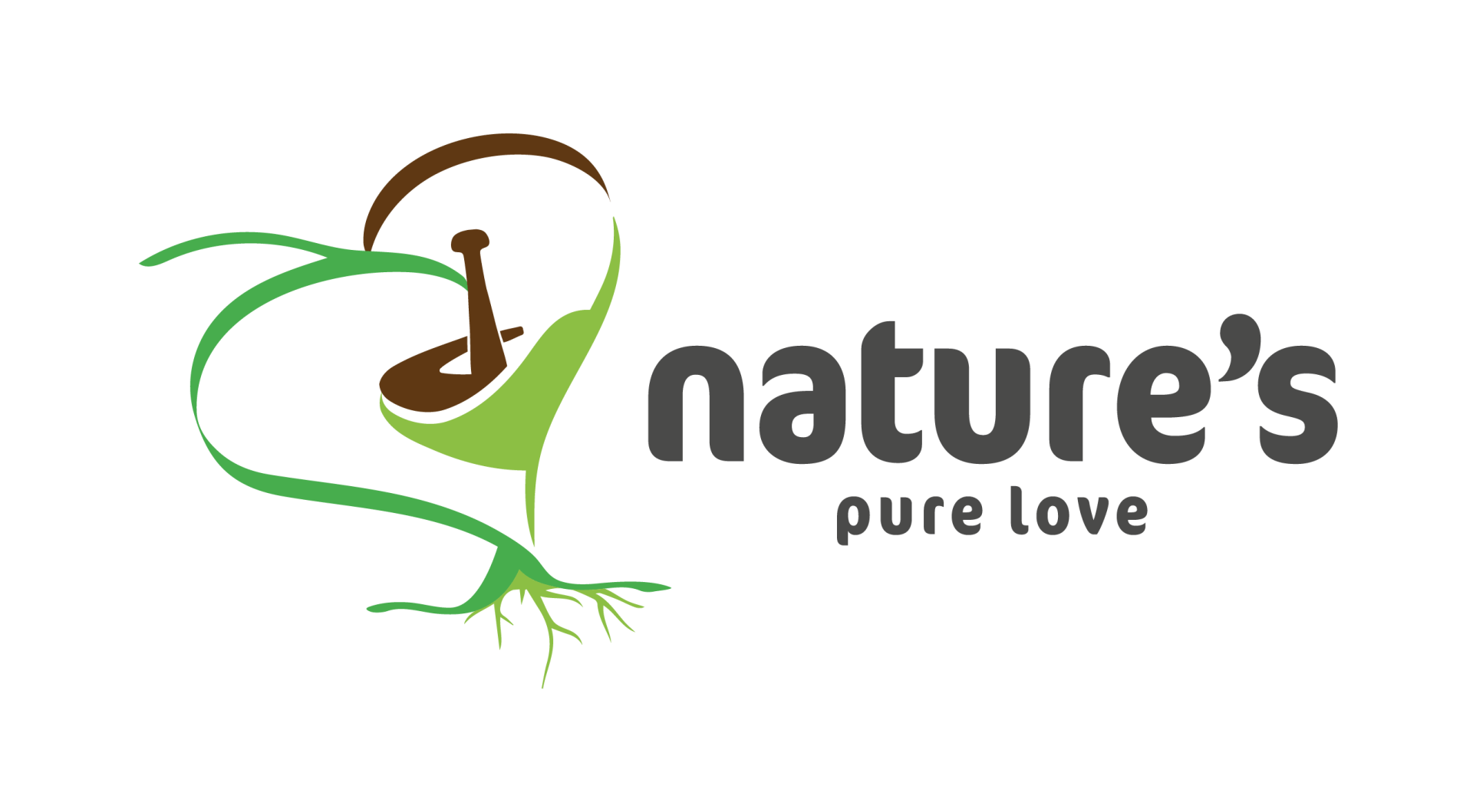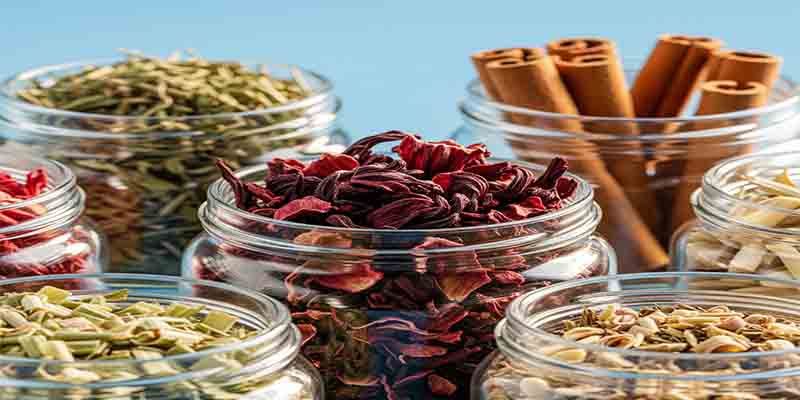What Are The Trusted Natural Pain Relievers
What Are The Trusted Natural Pain Relievers?
Natural pain relievers use plant-based compounds, essential oils, and physical therapies to reduce pain without relying on conventional pharmaceuticals. Examples include turmeric, boswellia, ginger, capsaicin creams, clove oil, feverfew, lavender, rosemary, peppermint, eucalyptus, acupuncture, yoga, heat/cold therapy, and mindfulness.
These remedies aim to reduce inflammation, relax muscles, and promote the body’s own healing response. Many are supported by clinical studies.
Pain is a universal human experience—whether it’s from a toothache, backache, muscle strain, or chronic inflammation. While over-the-counter (OTC) or prescription pain medications like ibuprofen, acetaminophen, and opioids are common go-to solutions, they often come with risks such as side effects, dependency, and interactions with other medications.
This has led many people to seek natural alternatives for pain management. Fortunately, a wide range of herbal remedies, essential oils, physical therapies, and mind-body practices offer powerful, science-supported relief.
In this guide, we explore more than 12 of the most well-researched and widely used natural pain relievers, breaking down how each works, their benefits, potential side effects, and how to use them safely.
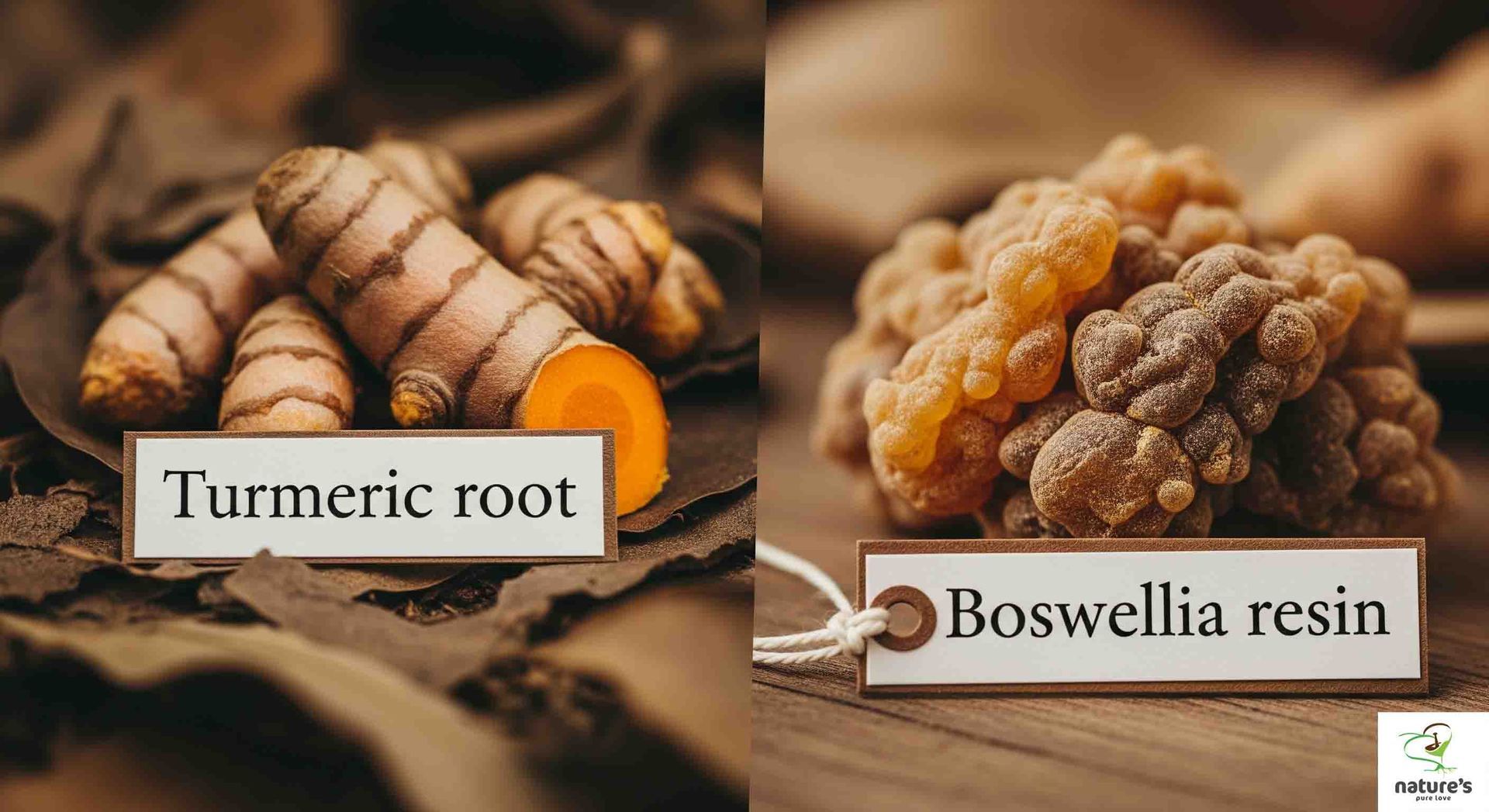
1. Turmeric (Curcuma longa)
Turmeric is perhaps the most well-known herbal remedy for pain relief. Its active compound, curcumin, has potent anti-inflammatory and antioxidant properties. Studies have shown curcumin to be especially effective in treating conditions like osteoarthritis and rheumatoid arthritis by reducing joint pain, swelling, and stiffness.1
How to use:
- Add turmeric powder to meals
- Take curcumin supplements (preferably combined with black pepper extract/piperine for better absorption)
Caution: Always consult with a healthcare professional before combining turmeric with blood thinners or diabetes medication.
NPL Suggestion:
UNICITY JOINT MOBILITY – A botanical blend formulated to support natural joint mobility and inflammation response. Part of our Activate protocol in the C.R.E.A.M. Plan.
2. Boswellia (Frankincense)
Boswellia, a resin used in Ayurvedic medicine, is known for its powerful anti-inflammatory effects. A 2020 clinical study involving 545 people concluded that Boswellia was a safe and effective treatment for osteoarthritis, significantly reducing joint pain and stiffness.1
How to use:
- Available as capsules, tablets, or topical creams
Caution: May cause gastrointestinal issues in some people; avoid during pregnancy unless advised by a healthcare professional.
NPL Suggestion:
100% CPTG Frankincense Essential Oil – A versatile oil used in AromaTouch Technique Therapy. Supports joint health and promotes feelings of relaxation and grounding. Ideal for topical application during self-care routines.
3. Ginger (Zingiber officinale)
Ginger contains bioactive compounds like gingerol, which provide anti-inflammatory and antioxidant benefits. Studies suggest it is effective for reducing muscle pain, post-exercise soreness, menstrual cramps, and osteoarthritis-related discomfort.2
How to use:
- Fresh or powdered ginger in food and tea
- Ginger supplements (2 grams per day showed positive results in studies)
Caution: Can interact with blood thinners.
NPL Suggestion:
Ginger Essential Oil (CPTG) – Used for massage and internal wellness (under guidance), this oil helps support muscle recovery and energy balance. Key to our Activate phase for restoring body comfort and vitality.
4. Capsaicin (From Chili Peppers)
Capsaicin is the compound in chili peppers responsible for their heat. It works by depleting substance P, a neuropeptide involved in transmitting pain signals. Topical capsaicin creams are effective in reducing nerve, joint, and muscle pain.4
How to use:
- Over-the-counter capsaicin creams and patches
Caution: May cause a burning or tingling sensation initially; avoid applying to broken skin.
5. Cloves (Eugenia caryophyllata)
Clove oil has long been used for dental pain relief. Its key compound, eugenol, has analgesic and anti-inflammatory properties. Studies have found it to be as effective as ice packs for pain reduction during dental injections.3
How to use:
- Clove oil diluted in a carrier oil for topical application
- Whole cloves for chewing to relieve toothache
Caution: Should not be swallowed in large quantities; may irritate gums if used undiluted.
6. Feverfew (Tanacetum parthenium)
Traditionally used for migraines, rheumatoid arthritis, and menstrual discomfort, feverfew contains sesquiterpene lactones and flavonoids believed to help reduce inflammation and muscle spasms.2,5
How to use:
- Capsules or teas made from dried feverfew leaves
Caution: Possible side effects include nausea and bloating. Always consult with a doctor before use.
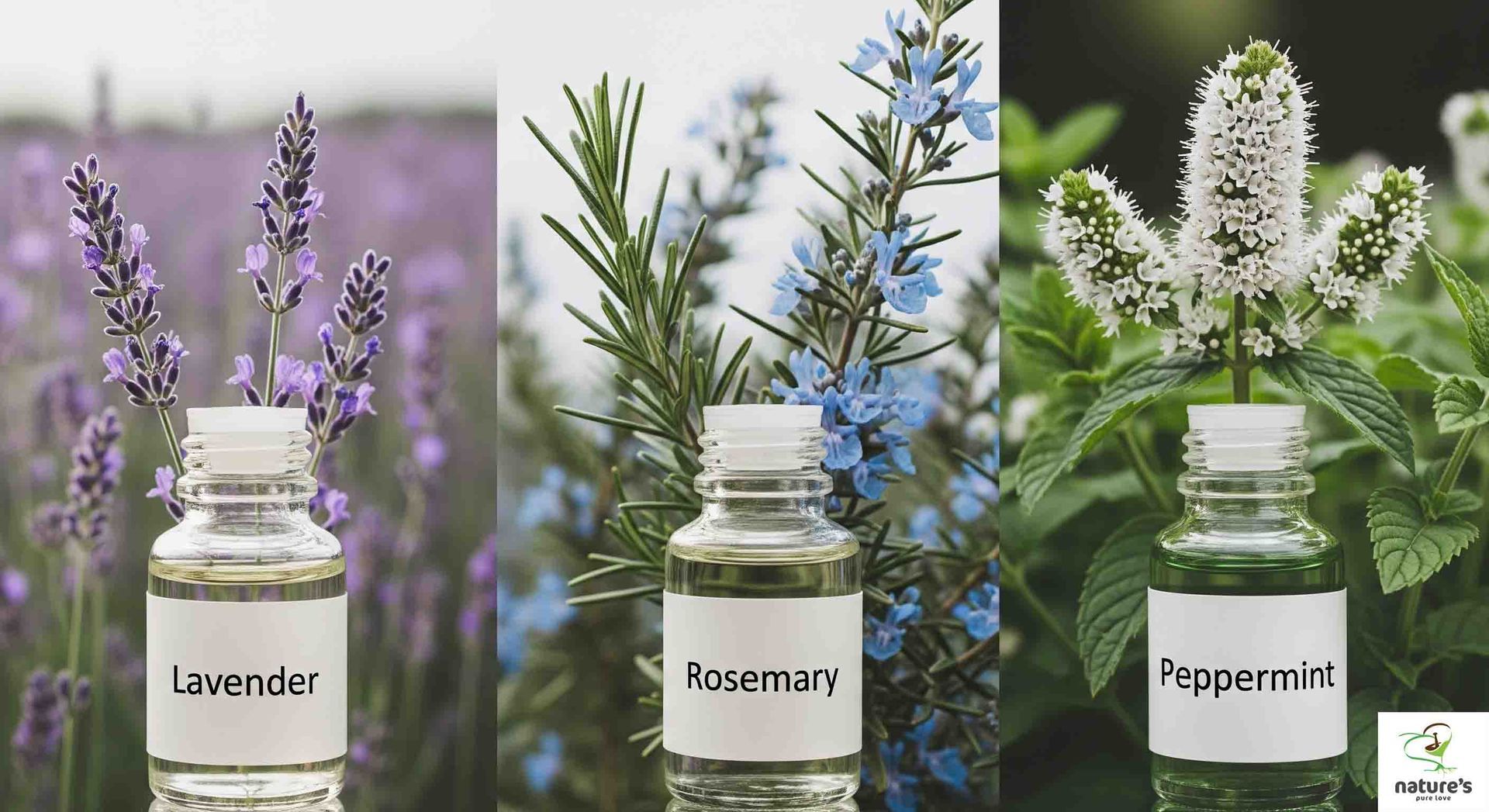
7. Lavender Essential Oil
Lavender oil is well-regarded for its calming and pain-relieving properties. Inhaling lavender or using it topically has been shown to reduce pain from needle insertions and headaches.3
How to use:
- Aromatherapy via diffusers
- Diluted in carrier oil for massage
Caution: Not recommended for ingestion; always dilute before topical application.
NPL Suggestion:
Lavender Essential Oil – A calming essential oil featured in AromaTouch sessions. Supports relaxation and emotional balance. Ideal for diffusing or use with NPL’s Sleep & Mood Balance collection.
8. Rosemary Essential Oil
Rosemary oil supports muscle relaxation and may help reduce headaches, joint pain, and even opium withdrawal symptoms. It has also shown promise in easing anxiety and improving memory.2
How to use:
- Add to warm baths
- Use in massage oils with a carrier like olive oil
Caution: Avoid during pregnancy and epilepsy without professional guidance.
NPL Suggestion:
Rosemary Essential Oil (CPTG) – Popular in our Activate and Elevate kits. Promotes alertness while easing joint tension and mental fatigue. Excellent for steam inhalation or massage blends.
9. Peppermint Essential Oil
Peppermint contains menthol, which provides a cooling effect and reduces tension headaches and muscle pain. It also has antimicrobial and anti-inflammatory effects.2
How to use:
- Apply diluted oil to temples for headache relief
- Use in massage blends
Caution: Avoid use on broken skin and in children; perform a patch test to check for allergies.
NPL Suggestion:
CPTG Peppermint Oil – One of our most versatile oils. Used in the AromaTouch Technique to refresh, ease head tension, and support circulation. Cooling and invigorating for daily use.
10. Eucalyptus Essential Oil
Eucalyptus oil has shown to be effective in managing rheumatoid arthritis pain and reducing inflammation. It can be inhaled or applied topically in diluted form.3
How to use:
- Inhalation via steam
- Topical use with carrier oil
Caution: Toxic if ingested; keep out of reach of children.
NPL Suggestion:
Breathe Easy Blend
– Combines eucalyptus with CPTG respiratory oils. Supports clear breathing and comfort during seasonal discomfort. Ideal for diffusing or chest rubs as part of your
Elevate phase.
11. Acupuncture
This ancient Chinese therapy involves inserting tiny needles into specific points on the body to balance energy flow (qi). Acupuncture may stimulate the release of serotonin and endorphins, reducing pain.6
Uses:
- Back and neck pain
- Osteoarthritis
- Headaches and migraines
What to Expect: A session typically lasts 30–60 minutes. Mild soreness or bruising may occur after treatment.
12. Heat and Cold Therapy
Applying heat or cold can relieve various types of pain. Ice reduces inflammation and swelling in acute injuries, while heat relieves muscle stiffness and chronic joint pain.6
How to use:
- Ice packs for fresh injuries
- Warm compresses or heat packs for chronic pain
Tip: For arthritis, moist heat often works best.
13. Yoga and Stretching
Yoga combines movement, breathwork, and mindfulness. Studies have shown it helps with chronic back pain, improves flexibility, and reduces stress-related discomfort.3
Best For:
- Lower back pain
- Stress and tension-related pain
Practice Tip: Consistency is key—try attending classes or following guided videos regularly.
14. Mindfulness Meditation
Mindfulness involves being fully present and aware, helping individuals manage chronic pain through mental focus and relaxation.7
Benefits:
- Reduces perceived pain
- Improves emotional resilience
- Enhances quality of life
How to practice:
- Use guided meditation apps or attend group sessions
Conclusion
While natural remedies can provide significant pain relief, they are not a replacement for professional medical advice or necessary pharmaceutical interventions. Always consult with a qualified healthcare professional before starting any new treatment—especially if you have chronic conditions, are pregnant, or are on medications.
By incorporating herbal remedies, essential oils, and lifestyle practices like acupuncture, yoga, and meditation, you can create a more holistic and sustainable approach to pain management.
Ready to Support Your Natural Pain Relief Journey?
Discover our C.R.E.A.M. Wellness Solutions – Backed by Nature, Loved by You.
From grounding essential oils to botanical blends that promote joint comfort, our holistic wellness tools are designed to support your body’s natural balance — gently, effectively, and without the noise of side effects.
Visit the NPL Store Now
Your Health Is In Your Hands. Make Nature’s Pure Love Your Own.
Frequently Asked Questions
Q1: What is the main difference between natural pain relief and conventional pain medication?
Natural pain relief methods often use herbs, essential oils, or practices like yoga and meditation to address pain with fewer potential side effects or risks of dependency compared to many over-the-counter or prescription medications.
They typically focus on supporting the body's natural healing processes.
Q2: Are natural pain remedies safe for everyone?
While generally considered safer, natural remedies can still have side effects or interact with other medications.
It's crucial to always consult a healthcare professional before starting any new natural treatment, especially if you have chronic conditions, are pregnant, or are taking other medications.
Q3: How quickly do natural pain relief methods work compared to conventional medications?
The onset of relief from natural methods can vary.
Some, like topical capsaicin or essential oils, might offer relatively quick localized relief, while others, like turmeric supplements or regular yoga practice, may require consistent use over time to show significant benefits.
Conventional medications often provide faster, but sometimes temporary, relief.
Q4: Can I use natural pain remedies alongside my prescription pain medication?
You should absolutely consult your doctor or pharmacist first. Many natural remedies, such as turmeric or ginger, can interact with prescription medications (e.g., blood thinners), potentially leading to adverse effects. A healthcare professional can help you safely integrate natural options into your existing treatment plan.
Q5: What role do essential oils play in pain management?
Essential oils like lavender, peppermint, and rosemary are used for pain management primarily through aromatherapy or topical application (when properly diluted).
They contain compounds that can offer anti-inflammatory, analgesic, or muscle-relaxing effects, contributing to pain relief and relaxation.
